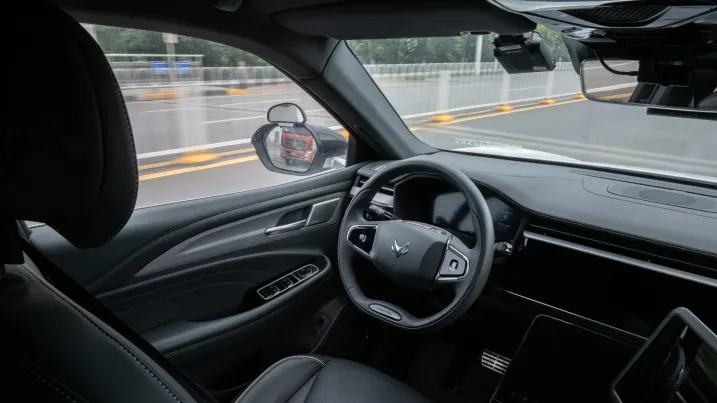China’s Robotaxi Expansion Raises Concerns Over Job Security for Drivers
China’s ongoing efforts to introduce robotaxis are gaining traction among consumers, but they are also sparking concerns among taxi drivers who fear losing their jobs to increased competition. Baidu’s robotaxi unit, Apollo Go, recently made headlines as one of the top 10 trending hashtags on the social media platform Weibo. This surge in popularity follows reports of rapid adoption in Wuhan, where fully autonomous vehicles have been operating in certain districts around the clock since March, without human drivers.
The rapid rise of robotaxis in China comes at a time when the ride-hailing industry has experienced significant growth. As of May, China had over 7 million registered ride-hailing drivers, a figure that has doubled compared to July 2021, according to data from the Ministry of Transport. This exponential increase highlights the expanding gig economy and the evolving landscape of transportation services in China.
Baidu’s Apollo Go initiative represents a major step forward in autonomous vehicle technology, aiming to provide efficient and convenient transportation options while reducing reliance on human drivers. The deployment of fully staffless vehicles in Wuhan underscores the company’s commitment to advancing autonomous driving capabilities and integrating them into daily urban mobility.
However, the rapid adoption of robotaxis has raised valid concerns among traditional taxi drivers about job security. With autonomous vehicles potentially offering lower costs and greater operational efficiency, there is a growing apprehension that human drivers could be displaced or face reduced demand for their services. This concern is particularly acute in urban centers where ride-hailing services have already transformed the transportation landscape.
The Ministry of Transport’s data reflects the shifting dynamics within China’s transportation sector, with ride-hailing platforms increasingly becoming a preferred choice for commuters due to their convenience and competitive pricing. This trend, coupled with advancements in autonomous vehicle technology, poses challenges for traditional taxi operators who may struggle to compete in a rapidly changing market environment.
As China continues to embrace technological innovation and automation in various sectors, including transportation, policymakers and industry stakeholders face the dual challenge of fostering innovation while addressing the social and economic implications of job displacement. The debate over robotaxis underscores broader discussions about workforce transitions and the need for proactive measures to support affected workers.
Looking ahead, the future of robotaxis in China will likely hinge on regulatory frameworks, technological advancements, and consumer acceptance. While autonomous vehicles offer potential benefits such as improved safety and efficiency, they also raise complex issues related to employment and urban mobility. Balancing these factors will be crucial in shaping the trajectory of autonomous transportation in China and mitigating concerns about job security in the evolving gig economy.
In conclusion, while China’s robotaxi initiatives promise innovation and efficiency gains in urban transportation, they also provoke legitimate concerns about the future of traditional taxi drivers. As autonomous vehicle technology continues to evolve, addressing these concerns will be essential for achieving sustainable and inclusive economic growth in the transportation sector.

